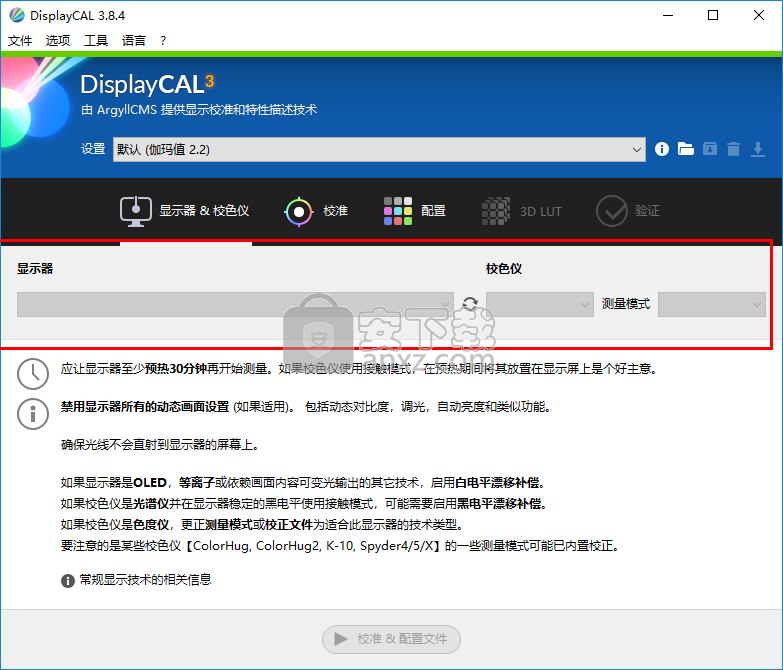

I basically doubted my ability to build a gaming rig that balanced all of the components to give the best performance for the money spent (for the same use-case as Paul). the Core i7-8700k compared to a Xeon E5-2637 v4 the increased CPU cache, extra bus speed, more memory channels make a difference. it was all constrained by how these bits fitted together and how the motherboard set the constraints on those components.Į.g. The CPU was seldom maxed out, the RAM seldom straining under the workload, the storage not fully saturated. What I realised with my gaming builds before is that the weakest link was just shifting the data around. You'd still get a more RAM support (and ECC at that), heavy workload CPU support, and most importantly a motherboard designed to shove that much data back and forth between the CPU, RAM and other devices. Low spec the graphics card and replace just that one component. Then it should be able to print some test images, have you take photos of them, and from those and the camera color profile figure out a color profile for your printer. It should also be able to figure out a color profile for your camera along the way. Note also that this should work for more than just calibrating monitors.
#Colorhug2 displaycal software#
It just depends on the camera being consistent, and having enough color resolution to see the tweaks that the software applies to the images on the monitor. Note that this does not depend on the camera being accurately calibrated. From this, it should be able to deduce some information about how accurately the monitor is displaying color, and what adjustments could be made to improve it.

The software then compares the object in the photo to the images on the monitor, and figures out which best matches. You then take a photo with your camera, showing the images on the monitor and the object itself. One is the reference photo, and the others are tweaked versions of that reference photo that tweak the colors.

The software then displays several images of that item on the monitor. You pick such a physical object, place it next to your monitor, and tell the software which object you are using. The physical objects are chosen to be items that are commonly found around the house or office, or are cheaply and easily obtained. The idea is that you would have some reference photos of assorted physical objects of known colors. I've wondered if one could do color calibration using any ordinary digital camera and some clever software, but don't know enough about how color calibration actually works on computer to figure out if it would actually work. > My computer might not be half as fast, but at least I know my blues are the shade of blue I think they are. īesides WSL, I've still found Cygwin to be indispensable as there's still system-level stuff that doesn't work outside the WSL (interacting w/ PowerShell scripts and such). I used O&O ShutUp10 to go through all that stuff but there are a lot of tools and other considerations.

One thing I didn't see was about privacy.
#Colorhug2 displaycal mac#
LG showed a slightly improved 32UK950 at CES.)Īnyway nice build writeup, didn't spot anything too out of wack on the build-side and the inclusion of the CL timing chart was a nice thing since I've often seen people get confused/mess that up.Īs a fellow long-time Mac user forced to migrate (mostly in Linux, but Windows for VR and LR) I liked the part of the writeup on environment/keyboard tweaks. The LG comes w/ Freesync but I have since swapped out my Vega 64 for a 1080Ti, and as you mentioned, HDR is pretty pointless atm on PCs so ¯\_(ツ)_/¯. (I went with an LG 32UD99 w/ some similar criteria of decent content creation performance and some gaming - it was reasonably priced, performs well enough, and more importantly, the thin bezels and lack of logos is quite schmexy - will have a hard time going back to anything branded.
#Colorhug2 displaycal professional#
Well, it's calibrated to a specific delta-E so the amount of variation is limited - in practice, unless you're in a room with controlled lighting and are doing professional work (neither of which seem to be the case) calibration doesn't really matter.


 0 kommentar(er)
0 kommentar(er)
